Subscribe to Baseball History Comes Alive! for automatic updates (sign-up block found in right side-bar)
As a Free Bonus for subscribing, you’ll get instant access to my two Special Reports: Memorable World Series Moments and Gary’s Handy Dandy World Series Reference Guide!
“Jim Gilliam and 1955 World Series” Photo Gallery
Click on any image below to see photos in full size and to start Photo Gallery:
Another Edition of “Baseball’s Forgotten Stars!”
Jim “Junior” Gilliam
In reading recently about Ernie Banks and other African-American major leaguers from the 1950s who started their professional careers in the Negro Leagues, I came across information on Jim Gilliam who played 14 years for the Dodgers.
While not a Hall-of-Famer, Gilliam was a clutch performer who had a fine career, which included membership, as either a player or coach, on ten Dodger pennant winners (seven as a player), and four World Series championships. Similar to Banks, Gilliam was also highly regarded throughout the major leagues for his many outstanding personal qualities, including integrity, temperament, and sportsmanship.
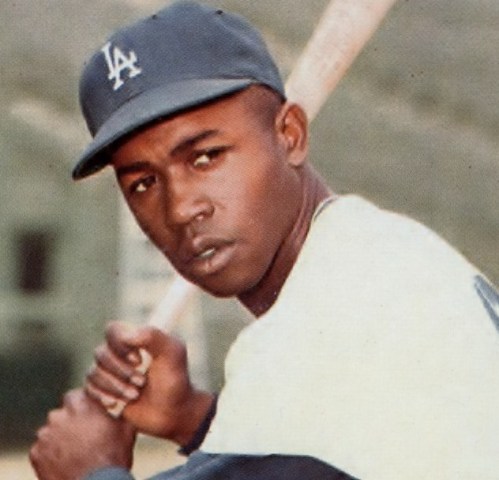
So let’s turn our baseball spotlight today on James “Junior” Gilliam, a star player who’s been largely overlooked over the passage of time. I think you’ll find his career information interesting:
“He didn’t hit with power…but he did the little things to win ballgames. He never griped or complained. He was one of the most unselfish ballplayers I know.” – Walter Alston
That’s quite a compliment coming from the long-time Dodger Hall-of-Fame manager. After four years in the Negro Leagues playing for the Baltimore Elite Giants (1946-1950), Jim Gilliam made his major league debut on April 14, 1953, at age 24 with the Brooklyn Dodgers.
His assignment that year? Take over second base from Jackie Robinson, who was switched to the outfield and eventually to third base. That would be a formidable task for any ballplayer, but rookie Jim Gilliam was up to the challenge. He responded by hitting .278, with 125 runs, 63 RBIs, .383 on-base percentage, 100 walks (second in the league) and 21 stolen bases (third in the league). His 710 plate appearances led the league, as did his 17 triples, the most by a Dodger since 1920. For his outstanding play, he received both the National League and the Sporting News Rookie of the Year honors.
The switch-hitting, Nashville native spent his entire career in the Dodger organization, 14 seasons as a player (1953-1966), and 14 more as a coach. A versatile infielder and lead-off man known for coming through in the clutch, he put up solid career numbers: .265 average, with 1889 hits, 304 doubles, 71 triples, 65 home runs, 558 RBIs, and a .360 on-base percentage. He scored over 100 runs in each of his first four seasons, and also led the league in walks with 96 in 1959. An excellent bunter, he led the league in sacrifices in 1962 with 15. In 1965 he was part of the major leagues’ first all-switch-hitting infield, along with shortstop Maury Wills, first baseman Wes Parker, and second baseman Jim Lefebvre. After his playing days ended, he became one of the first African-American coaches in the major leagues.
Jim’s best season was probably the pennant-winning year of 1956 when he hit .300, with 102 runs, a .399 on-base percentage, and 21 stolen bases, placing fifth in MVP voting. On July 21 of that year, he tied an 1892 major league record with 12 assists in one game.
Although he hit only .211 in 39 post-season games, he played a key role in many of the Series and repeatedly contributed important hits and significant at-bats. His best World Series performance was the 1953 Fall Classic, in which he hit .296, with eight hits in 28 at-bats, and two home runs.
Jim also made significant contributions to the 1955 World Series, hitting .292 and drawing a crucial walk with the bases loaded in the second inning of Game Three which proved to be the winning run. In the Dodgers’ 8-5 win in Game Four, he drove in the first run. The Dodgers won the Series in seven games for their first and only World Series championship in Brooklyn.
In a losing cause, he also contributed key at-bats in the 1956 World Series, notable for Don Larsen’s historic Perfect Game. He walked with one out in the tenth inning of Game Six and scored on a single by Robinson to give the Dodgers a 1–0 victory, tying the Series. In three at-bats in Larsen’s gem, he struck out and grounded out twice. He later played key roles in other Dodger World Series appearances, most notably in 1963.
In the 1960s, after speedster Maury Wills joined the team, he gave up his lead-off spot without complaint to hit behind Wills. Catcher Jeff Torborg recalled his contribution to the Dodgers’ success:
“What a great team player he was. He’d hit behind Maury, take pitch after pitch after pitch. And when Maury got to second, he’d give himself up by hitting the ball to the right side, even with two strikes, which most hitters won’t do.”
Jim Gilliam suffered a massive brain hemorrhage at his home on September 15, 1978, and died on October 8, at age 49, one day after the Dodgers clinched their tenth pennant while he was a member of the team. His uniform #19 was retired by the Dodgers two days later. A street sign in his honor was installed in front of First Horizon Park in Nashville, Tennessee, his home town. In 1981, the City of Los Angeles dedicated a park in honor of Jim Gilliam’s legacy.
So let’s take a moment to remember a fine ballplayer, Jim Gilliam, described by teammate Davy Lopes as, “A father, friend, and locker room inspiration who will never be forgotten.”
Shop MLB.com. The Official Online Shop of Major League Baseball.
Gary Livacari
“Friend” me on Facebook: https://www.facebook.com/gary.livacari.9
Visit Our Web page: “Baseball History Comes Alive!” now with over 386K hits!:
http://wp.me/P7a04E-2he
Photo Credits: All from Google search
Information: Excerpts edited from Junior Gilliam Wikipedia page
Check out my latest book, recently nominated for the SABR 1919 Lawrence Ritter award: Reflections On the 1919 Black Sox: Time to Take Another Look now available on Amazon in e-book and paperback. All profits go to the Illinois Veterans Foundation
New Poll Question: How Do You Feel About the New 3-Batter minimum Rule for Relief Pitchers? Voice your opinion: https://wp.me/p7a04E-6UO
We are a participant in the Amazon Services LLC Associates Program, an affiliate advertising program designed to provide a means for us to earn fees by linking to Amazon.com and affiliated sites. Click here to view Amazon’s privacy policy
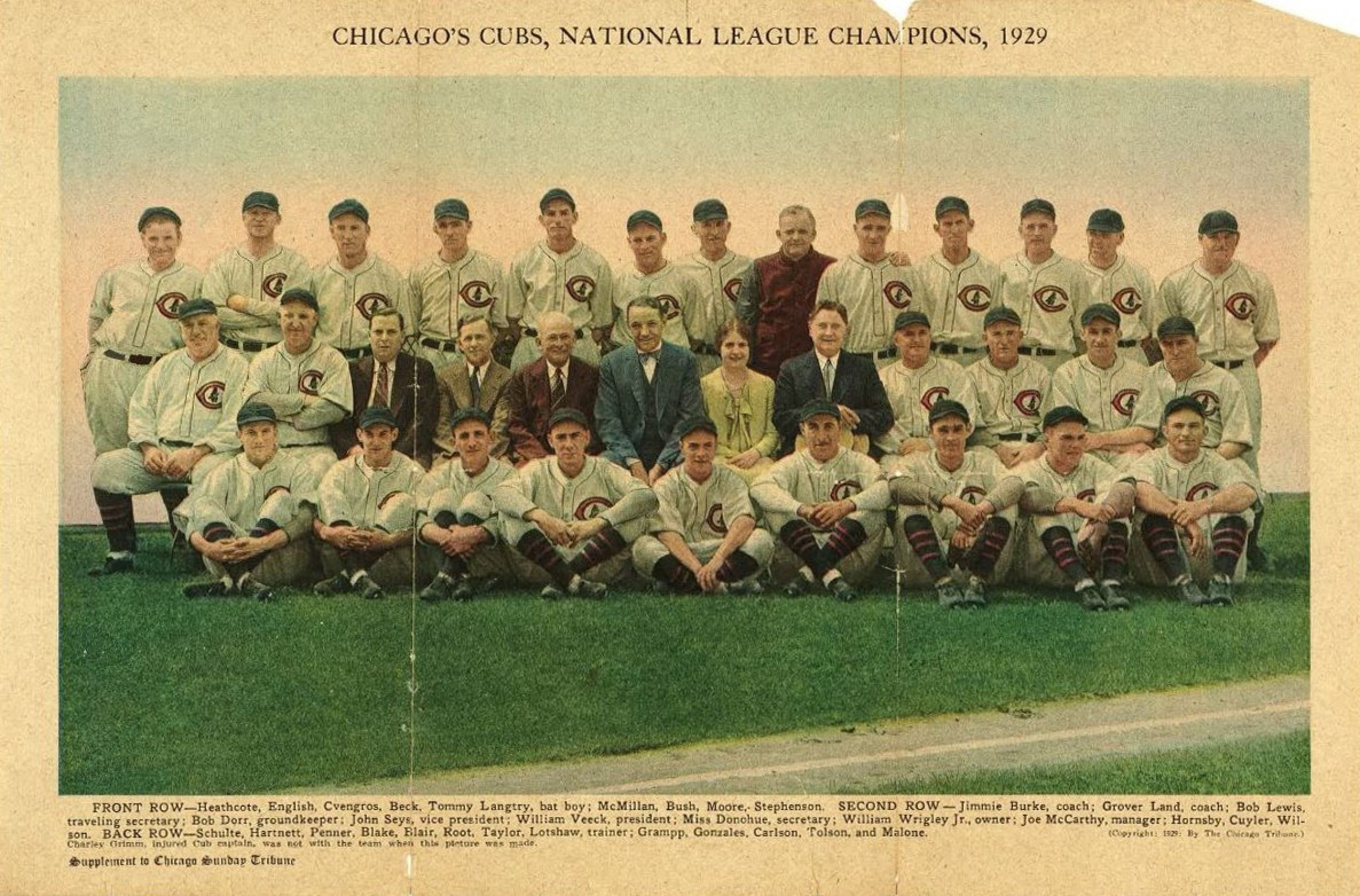
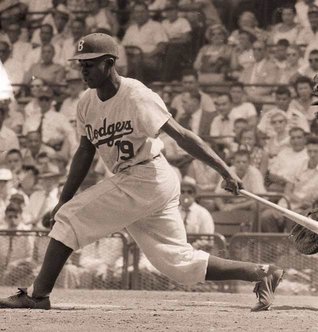
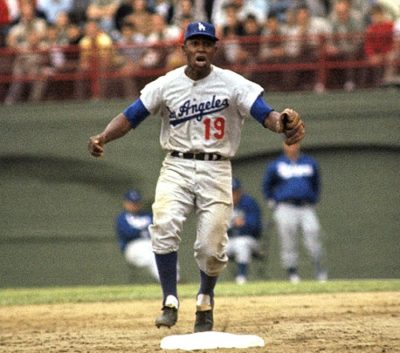
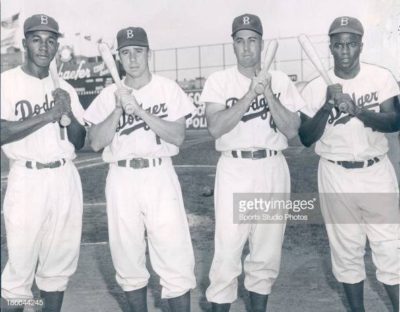
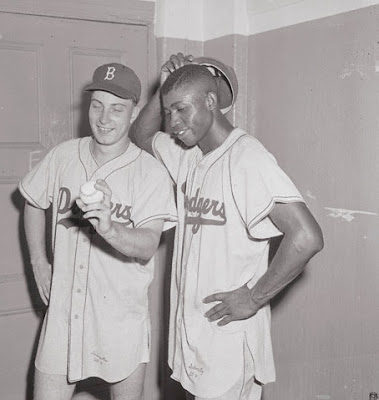
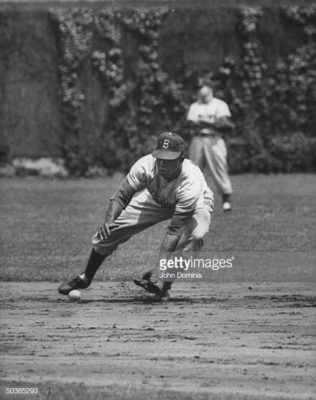
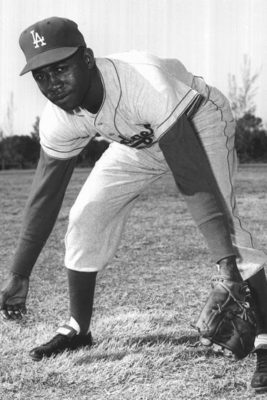
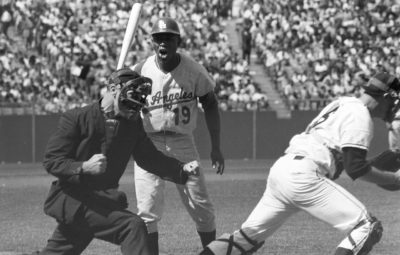
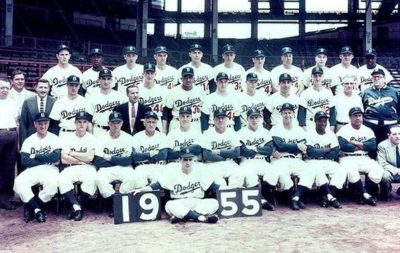
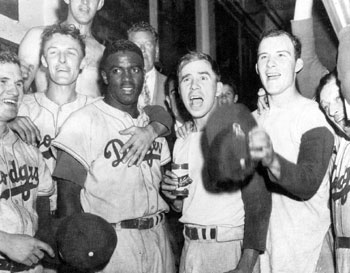
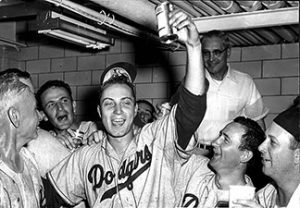
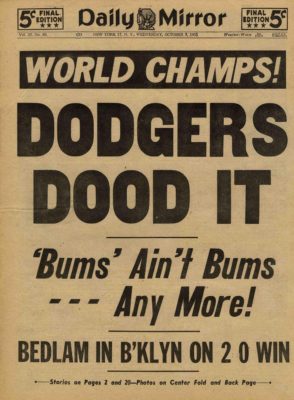
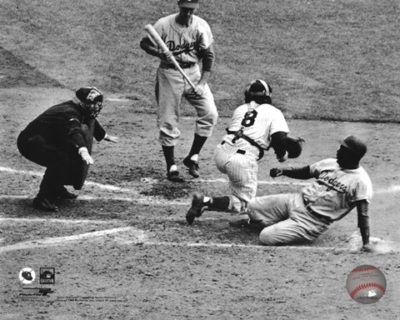
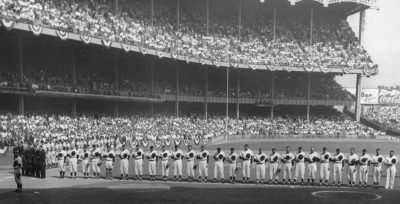
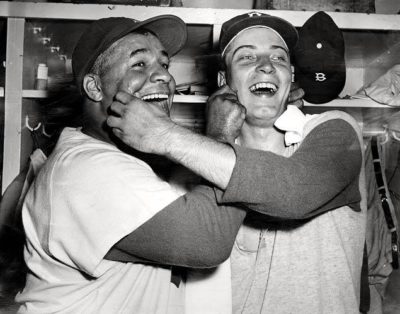
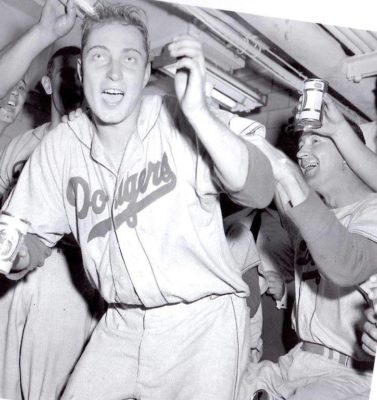
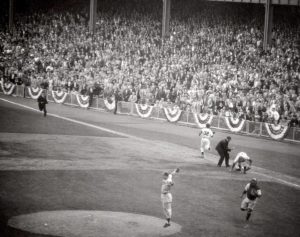
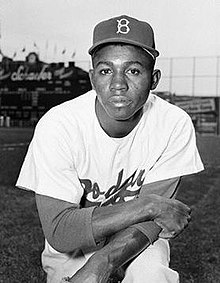
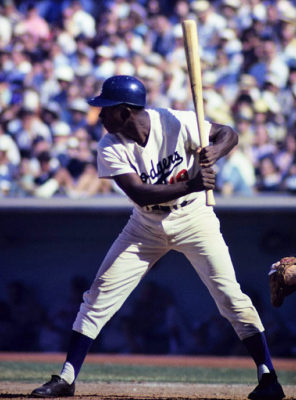

I have been an avid fan of the Dodgers since 1951. So I remember Jim Gilliam very well and know he was a very clutch player and very important part of the Dodgers teams he played on and coached. It is very gratifying to see him recognized. His nickname among the Dodgers was “the devil” but I don’t know the origin of it. Your pictue with Cey, Garvey and Reggie Smith shows Dusty Baker and not Gilliam. I know Gilliam was always highly regarded by his team mates and all the players when he coached. This site is the best I have ever seen to tell the history of baseball. Thank you for telling the story of such little remembered stars such as Vada Pinson. Well deserved and log overdue. Dennis Friedenbloom
Thanks Dennis for the great info and the kind words. And thanks for the correction…Will update.
I would wait outside of Shea Stadium in the 1970’s for the Dodger bus to unload and talk for a few seconds to Tommy Lasorda and Vin Scully before they entered the gate to the clubhouse. One day in either 1977 or ’78, I saw Jim Gilliam and made the mistake of calling him Junior and he gave me the dirtiest look imaginable. At first I did not know why but after inquiring, I found out he did not approve of strangers calling him that nickname. I loved Jim Gilliam, a real team player and winner but unfortunately that day has left a regrettable baseball moment in my life as a fan.
Thanks Jim, that’s very interesting. Someone else told me something similar. I think I’ll have to amend the post.
I knew Jim Gilliam’s mother and son in the early 60’s. His mother lived on Thorn St. in Rahway, NJ. She didn’t drive, so was a regular in my dad’s taxi. When her son came back east to play in Philly or NYC she’d get us tickets and we’d all drive to the games. Her grandson came from LA to visit her on occasion and he, too, would accompany us. Got to see the Dodgers vs. Mets at old Polo Grounds, game 2 of the 63′ series at Yankee Stadium, and a game in Philly in 63′. After that game Mr. Gilliam presented me and his son autographed team balls (-Sandy Kaufax, darn!), which I still have. Once his son and I went to my local playground in Rahway to play some ball and he showed up wearing a REAL LA Dodgers uniform. My friends (10-14 year olds) were in total awe! Plus, he could sure play. Such a fine family. Great memories.
Thanks Jim I enjoyed reading. Great info. I always love the personal stuff like this. If you have any more, please share, and please stay in touch.
Gary
What a wonderful story, I am sure Jim Gilliam was a great guy. His number was retired by the Dodgers, which speaks volumes. There always has been something magical about the Dodgers.